Home>Storage & Organization>Kitchen Organizing Tools>How To Stop My Cat From Pooping Outside The Litter Box
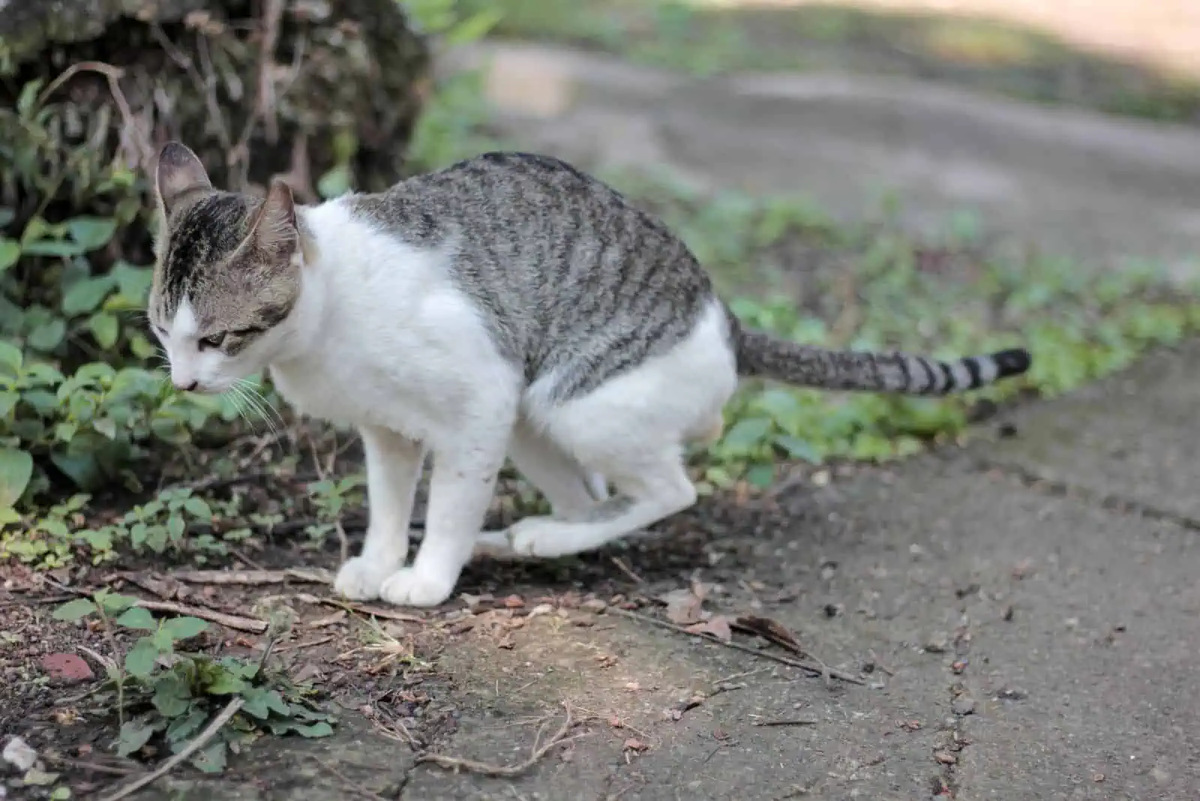

Kitchen Organizing Tools
How To Stop My Cat From Pooping Outside The Litter Box
Modified: February 25, 2024
Discover effective kitchen organizing tools to prevent your cat from pooping outside the litter box. Find solutions to keep your kitchen clean and organized.
(Many of the links in this article redirect to a specific reviewed product. Your purchase of these products through affiliate links helps to generate commission for Storables.com, at no extra cost. Learn more)
Introduction
Dealing with a cat that consistently poops outside the litter box can be a frustrating and perplexing experience for any pet owner. It's not only a messy inconvenience but also a cause for concern regarding the cat's health and well-being. However, before diving into potential solutions, it's essential to understand the underlying reasons behind this behavior. By gaining insight into the possible triggers, pet owners can effectively address the issue and create a more comfortable environment for their feline companions. Let's explore the various factors that may contribute to this behavior and discover practical strategies for guiding cats back to using their litter boxes consistently.
Key Takeaways:
- Understanding why your cat poops outside the litter box involves considering health, stress, and environmental factors. By addressing these issues with patience and empathy, you can guide your cat back to using the litter box consistently.
- Creating a comfortable litter box environment, seeking veterinary assistance, and maintaining a proactive mindset are essential for resolving litter box avoidance in cats. Prioritizing your cat’s well-being and collaborating with a veterinarian can lead to a harmonious relationship with your feline companion.
Understanding the Reasons Behind the Behavior
Understanding the reasons behind a cat's decision to poop outside the litter box is crucial for effectively addressing this issue. Cats are known for their fastidious nature, and when they deviate from using the litter box, it's often a sign that something is amiss. Several factors can contribute to this behavior, and identifying the underlying reasons is the first step toward finding a solution.
-
Medical Issues: Cats may avoid the litter box if they are experiencing medical problems such as urinary tract infections, digestive issues, or arthritis. These conditions can cause discomfort or pain, leading the cat to associate the litter box with negative experiences.
-
Litter Box Aversion: Cats are sensitive to their environment, and if they have a negative association with the litter box, they may choose to relieve themselves elsewhere. This aversion can stem from factors such as the type of litter used, the cleanliness of the box, or its location within the home.
-
Stress and Anxiety: Cats are susceptible to stress and anxiety, which can manifest in various ways, including inappropriate elimination. Changes in the household, such as a new pet, a move to a different residence, or even rearranging furniture, can trigger stress in cats and lead to litter box avoidance.
-
Territorial Marking: Unneutered or unspayed cats may engage in territorial marking behavior, which involves depositing feces outside the litter box to establish their territory. This behavior is more common in multi-cat households or in environments where outdoor cats are present.
-
Old Age: Senior cats may experience cognitive decline or physical limitations that make it challenging for them to access the litter box. As a result, they may seek out alternative spots for elimination.
By recognizing these potential reasons behind a cat's refusal to use the litter box, pet owners can take proactive steps to address the issue. This understanding also emphasizes the importance of patience and empathy when guiding the cat back to appropriate litter box habits.
Tips for Addressing the Issue
Addressing a cat's refusal to use the litter box requires a thoughtful and systematic approach that takes into account the specific needs and behaviors of the individual feline. By implementing the following tips, pet owners can work towards resolving this issue and fostering a positive litter box experience for their cats.
-
Maintain Litter Box Hygiene: Regular cleaning of the litter box is essential to ensure that it remains an inviting and hygienic space for the cat. Scooping out waste at least once a day and replacing the litter as needed helps prevent aversion due to a dirty or malodorous litter box.
-
Provide Multiple Litter Boxes: In multi-cat households, it's crucial to have an adequate number of litter boxes to prevent competition and territorial disputes. The general rule is to have one litter box per cat, plus an extra one, placed in different areas of the home to offer accessibility and options.
-
Choose the Right Litter: Cats have preferences when it comes to the type of litter they prefer. Experimenting with different textures and compositions, such as clumping, non-clumping, scented, or unscented litter, can help identify the most appealing option for the cat.
-
Address Stress Triggers: Identifying and mitigating sources of stress in the cat's environment can significantly reduce litter box avoidance. Providing hiding spots, vertical spaces, and interactive toys, as well as maintaining consistent routines, can help alleviate anxiety and promote a sense of security.
-
Positive Reinforcement: Encouraging the cat to use the litter box through positive reinforcement, such as treats, praise, or interactive play after successful elimination, can create a positive association with the litter box and reinforce desired behavior.
-
Consult with a Veterinarian: If the issue persists or if there are concerns about the cat's health, seeking professional veterinary advice is crucial. A thorough examination can rule out underlying medical conditions and guide the implementation of an appropriate treatment plan.
-
Avoid Punishment: It's important to refrain from punishing the cat for inappropriate elimination, as this can exacerbate stress and worsen the problem. Instead, focus on creating a supportive and encouraging environment to facilitate the cat's return to using the litter box.
-
Monitor Progress and Adjustments: Tracking the cat's behavior and the effectiveness of implemented strategies is essential for making informed adjustments. Patience and consistency are key, as resolving litter box issues may take time and ongoing observation.
By implementing these tips and remaining attentive to the cat's needs, pet owners can effectively address the issue of litter box avoidance and promote a harmonious relationship between their feline companions and their designated elimination spaces.
Ensure the litter box is clean and in a quiet, accessible location. Consider using a different type of litter and providing multiple boxes. If the behavior persists, consult a veterinarian to rule out any medical issues.
Creating a Comfortable Litter Box Environment
Creating a comfortable and inviting litter box environment is essential for encouraging cats to consistently use their designated elimination area. By paying attention to various aspects of the litter box setup, pet owners can address potential aversion and promote positive litter box habits in their feline companions.
Location and Accessibility: The placement of the litter box plays a significant role in a cat's willingness to use it. It's important to position the litter box in a quiet and easily accessible area, away from high-traffic zones and noisy appliances. Cats appreciate privacy during elimination, so choosing a secluded yet accessible location can help them feel secure and at ease.
Litter Box Size and Design: The size and design of the litter box should accommodate the cat's size and mobility. A spacious litter box allows for comfortable movement and prevents feelings of confinement during use. Additionally, opting for a box with low entry points or a cutout entrance can facilitate access for senior cats or those with mobility challenges.
Litter Type and Depth: Cats have preferences when it comes to the texture and depth of the litter. Experimenting with different litter types, such as clumping, non-clumping, silica gel, or natural alternatives, can help identify the most appealing option for the cat. Additionally, maintaining an appropriate litter depth, typically around 2 inches, provides a comfortable surface for digging and covering waste.
Odor Control: Effective odor control is crucial for maintaining a pleasant litter box environment. Choosing a high-quality, odor-absorbing litter and incorporating odor-neutralizing products or air purifiers in the vicinity can help minimize unpleasant smells, creating a more inviting space for the cat.
Litter Box Cleanliness: Regular cleaning and maintenance of the litter box are essential for promoting a hygienic and appealing environment. Scooping out waste at least once a day and performing a complete litter change on a regular schedule prevents the buildup of odors and maintains a fresh, inviting litter box.
Additional Considerations: Providing a comfortable mat or rug outside the litter box can help contain scattered litter and provide a soft surface for the cat's paws. Some cats may also benefit from the use of covered litter boxes, which offer added privacy and can help contain odors.
By addressing these key elements and tailoring the litter box environment to suit the cat's preferences and needs, pet owners can create a comfortable and enticing space that encourages consistent litter box usage. This proactive approach contributes to a positive and harmonious relationship between cats and their elimination area, ultimately fostering a stress-free and hygienic environment for both the pet and the household.
Seeking Veterinary Assistance
Seeking veterinary assistance is a crucial step in addressing a cat's refusal to use the litter box, especially when the issue persists despite implementing various strategies at home. While behavioral and environmental factors can contribute to litter box avoidance, underlying medical conditions must be thoroughly evaluated and addressed by a qualified veterinarian.
When a cat consistently poops outside the litter box, it may indicate an underlying health issue that requires professional attention. Medical problems such as urinary tract infections, digestive disorders, or arthritis can cause discomfort or pain during elimination, leading the cat to associate the litter box with negative experiences. Additionally, senior cats may experience age-related conditions that affect their mobility and cognitive function, making it challenging for them to access and use the litter box effectively.
A veterinary examination is essential for ruling out potential medical causes of litter box avoidance. The veterinarian will conduct a comprehensive physical assessment and may recommend diagnostic tests, such as urinalysis, blood work, or imaging studies, to identify any underlying health issues. By obtaining an accurate diagnosis, pet owners can gain insight into the cat's health status and receive guidance on appropriate treatment options.
In some cases, addressing the underlying medical condition can directly resolve the cat's litter box aversion. For instance, treating a urinary tract infection or managing arthritis pain can alleviate the discomfort associated with elimination, encouraging the cat to return to using the litter box consistently. Furthermore, senior cats may benefit from tailored management strategies to support their mobility and overall well-being, ensuring that they can comfortably access and utilize their designated elimination area.
Moreover, the veterinarian can provide valuable recommendations for optimizing the litter box environment based on the cat's specific health needs. This may include guidance on litter type selection, box accessibility modifications, or environmental adjustments to accommodate the cat's physical limitations or medical requirements.
By seeking veterinary assistance, pet owners demonstrate a proactive commitment to their cat's health and well-being. Collaborating with a veterinarian allows for a comprehensive approach to addressing litter box avoidance, encompassing both behavioral and medical considerations. Ultimately, this proactive step contributes to the overall welfare of the cat and fosters a supportive environment that promotes positive litter box habits.
In summary, seeking veterinary assistance is an essential component of addressing litter box avoidance in cats. By prioritizing the cat's health and collaborating with a veterinarian, pet owners can gain valuable insights, receive tailored guidance, and ensure that any underlying medical issues are effectively managed, ultimately contributing to the cat's well-being and the harmonious coexistence within the household.
Conclusion
In conclusion, addressing a cat's refusal to use the litter box requires a multifaceted approach that encompasses understanding the underlying reasons behind the behavior, implementing practical strategies at home, and seeking professional veterinary assistance when necessary. By recognizing the potential triggers for litter box avoidance, such as medical issues, stress, or environmental factors, pet owners can tailor their efforts to create a supportive and comfortable environment for their feline companions.
The journey to resolving litter box issues involves patience, empathy, and a proactive mindset. By maintaining a clean and inviting litter box environment, providing multiple boxes in multi-cat households, and addressing stress triggers, pet owners can significantly influence their cats' litter box habits. Positive reinforcement, consistency, and a focus on the cat's well-being are pivotal in guiding cats back to using the litter box consistently.
Furthermore, the significance of seeking veterinary assistance cannot be overstated. A thorough examination by a veterinarian is essential for ruling out underlying medical conditions and ensuring that the cat's health needs are addressed appropriately. Collaboration with a veterinarian enables pet owners to gain valuable insights, receive tailored guidance, and optimize the litter box environment based on the cat's specific health requirements.
Ultimately, the resolution of litter box avoidance not only promotes a harmonious relationship between cats and their designated elimination spaces but also contributes to a hygienic and stress-free environment within the household. By understanding the nuances of feline behavior, prioritizing the cat's well-being, and remaining attentive to their needs, pet owners can navigate and overcome the challenges associated with litter box issues, fostering a positive and supportive environment for their beloved feline companions.
In essence, the journey to addressing litter box avoidance is a testament to the bond between pet owners and their cats, highlighting the commitment to providing a nurturing and accommodating environment that promotes the overall well-being and happiness of these cherished companions.
Frequently Asked Questions about How To Stop My Cat From Pooping Outside The Litter Box
Was this page helpful?
At Storables.com, we guarantee accurate and reliable information. Our content, validated by Expert Board Contributors, is crafted following stringent Editorial Policies. We're committed to providing you with well-researched, expert-backed insights for all your informational needs.
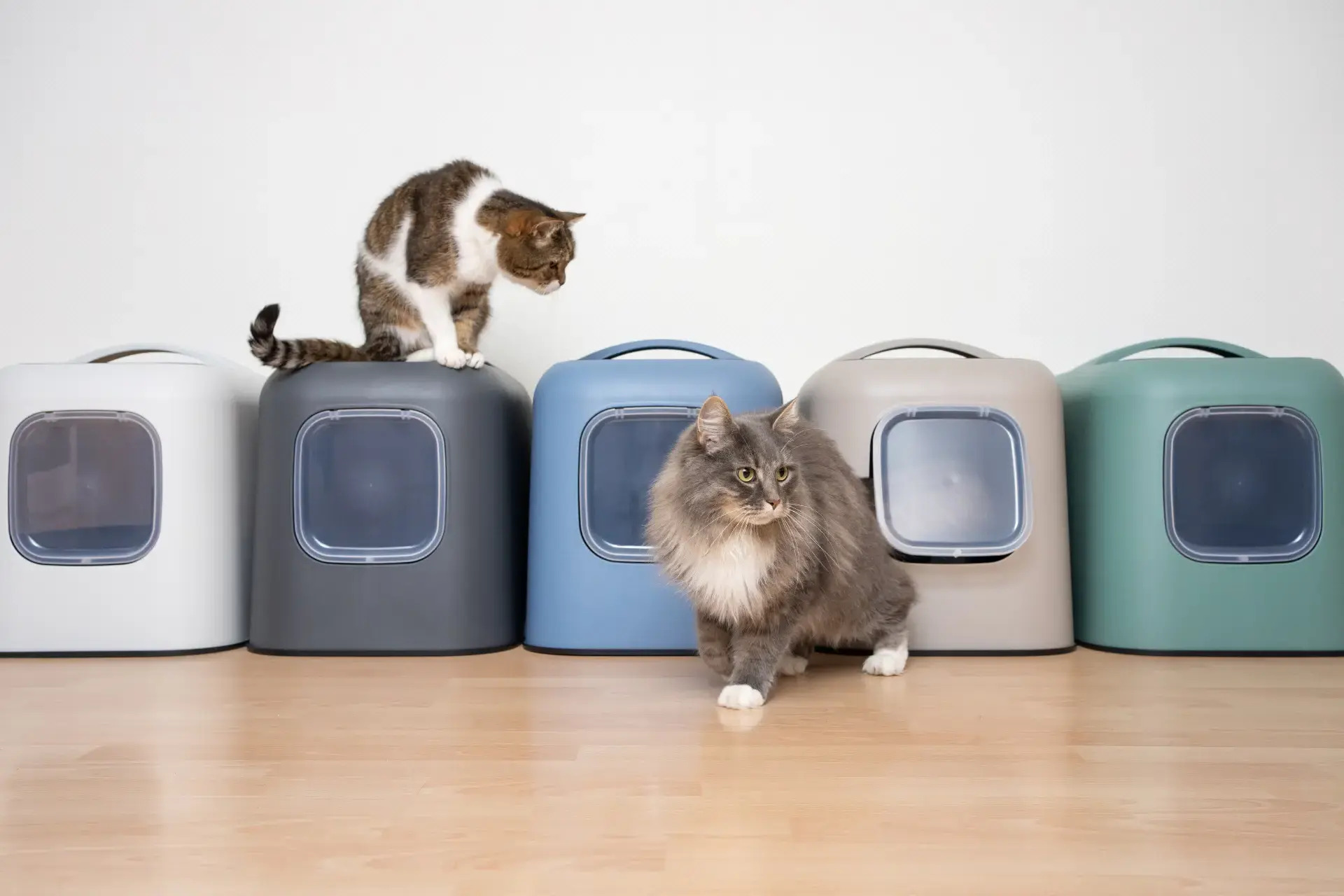
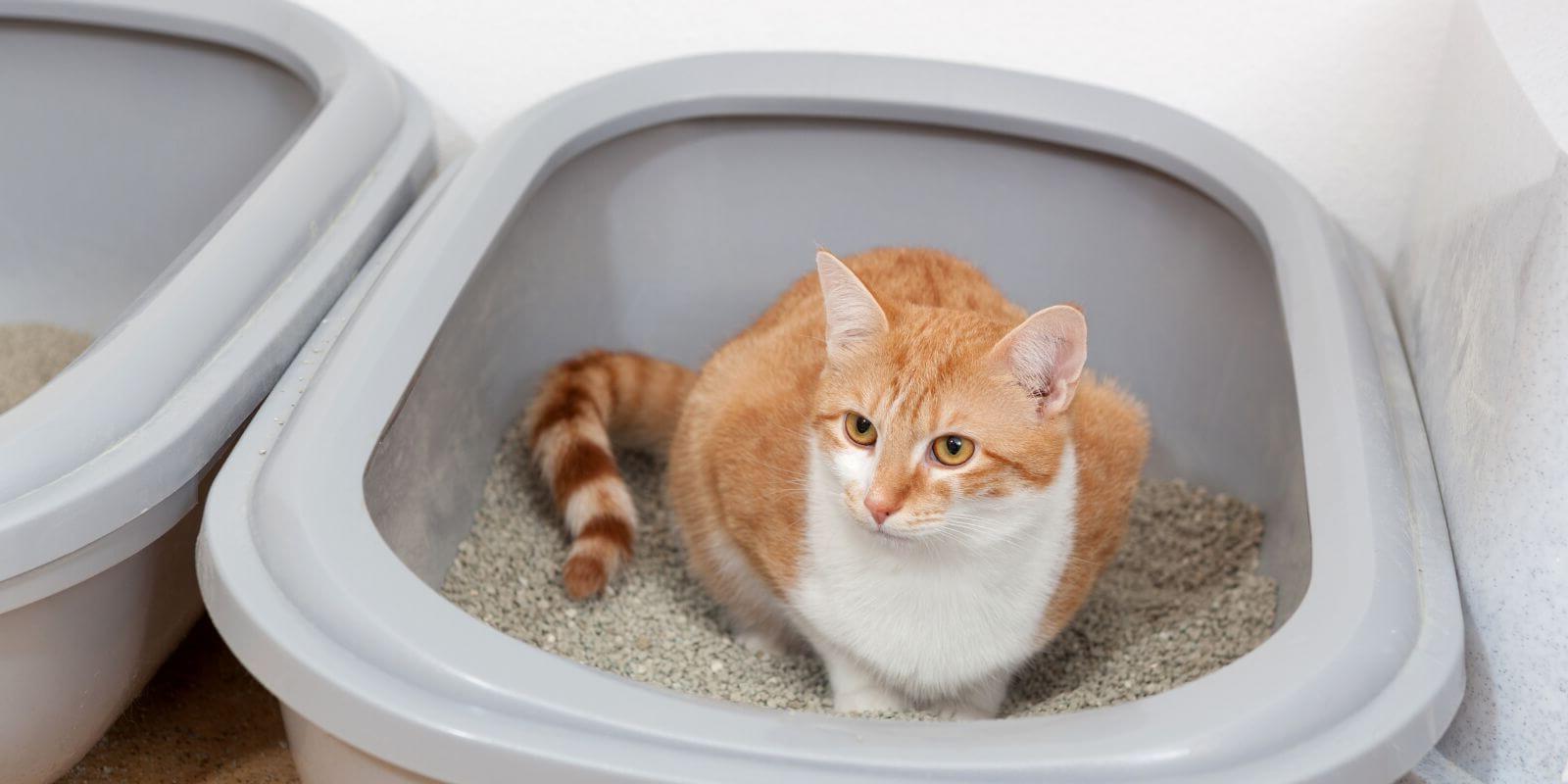
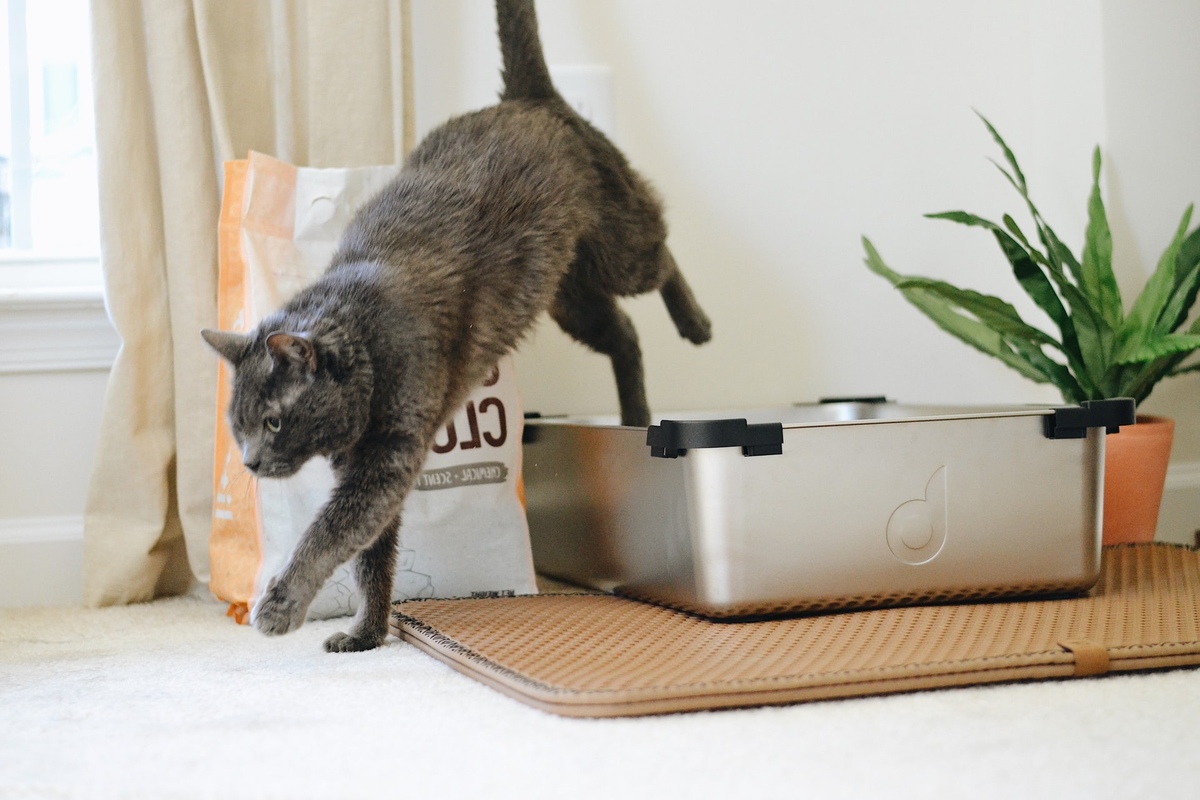
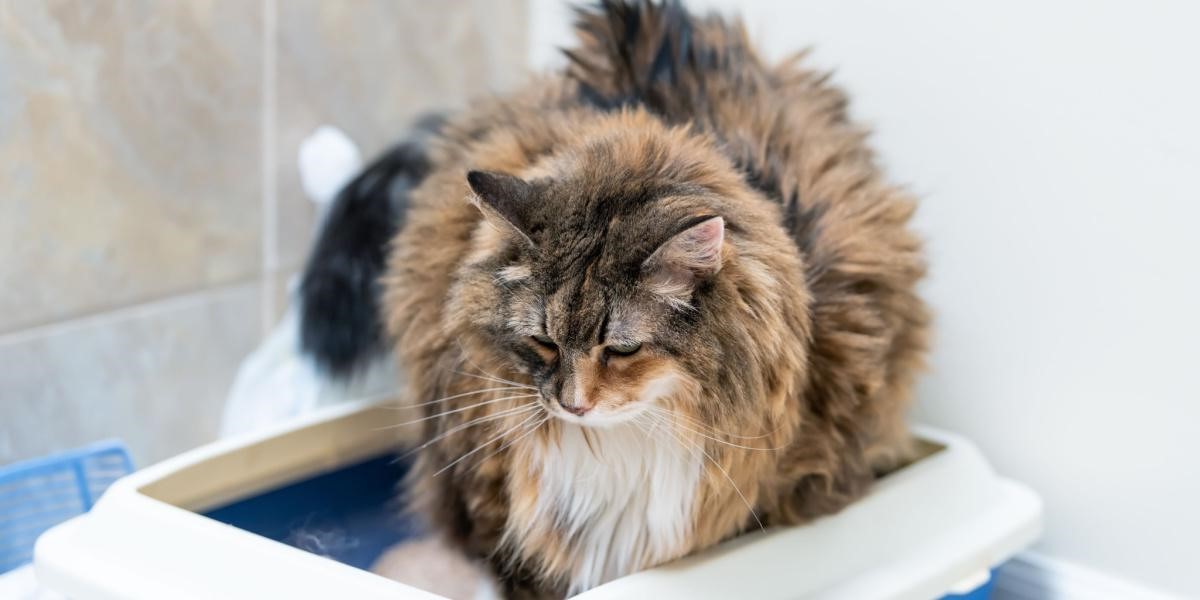
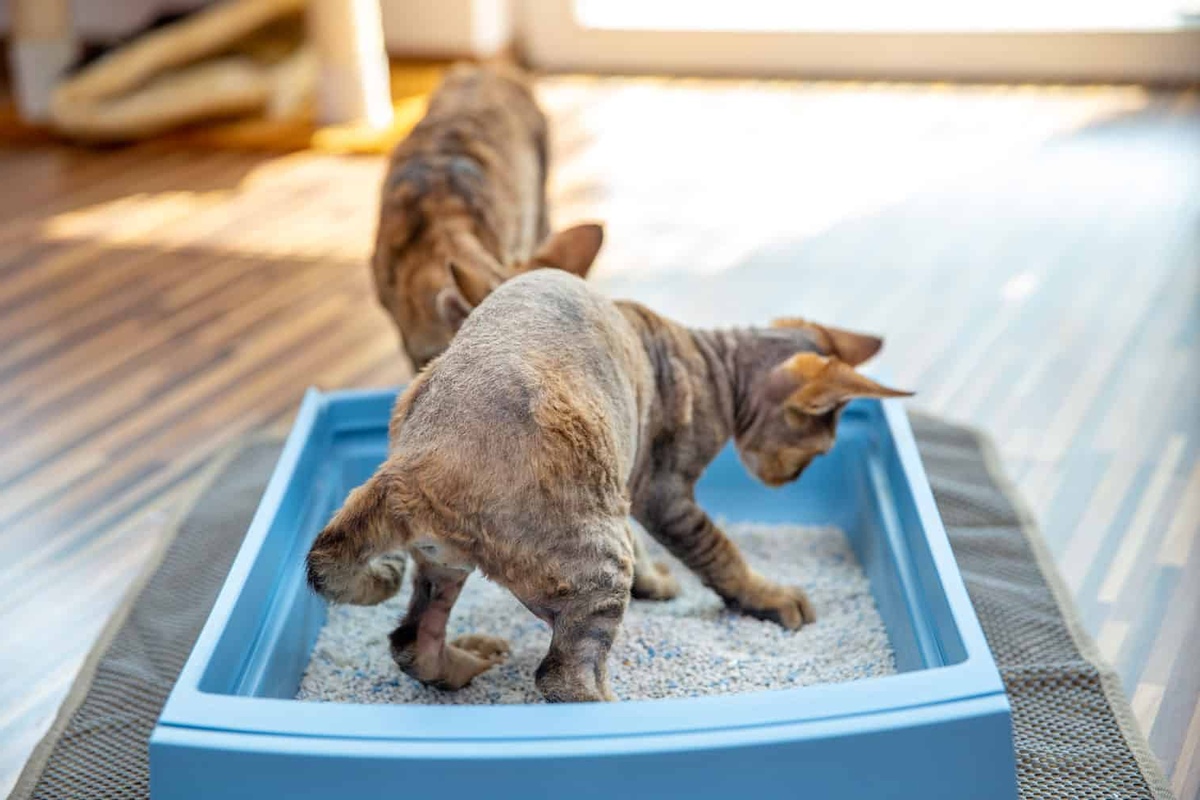
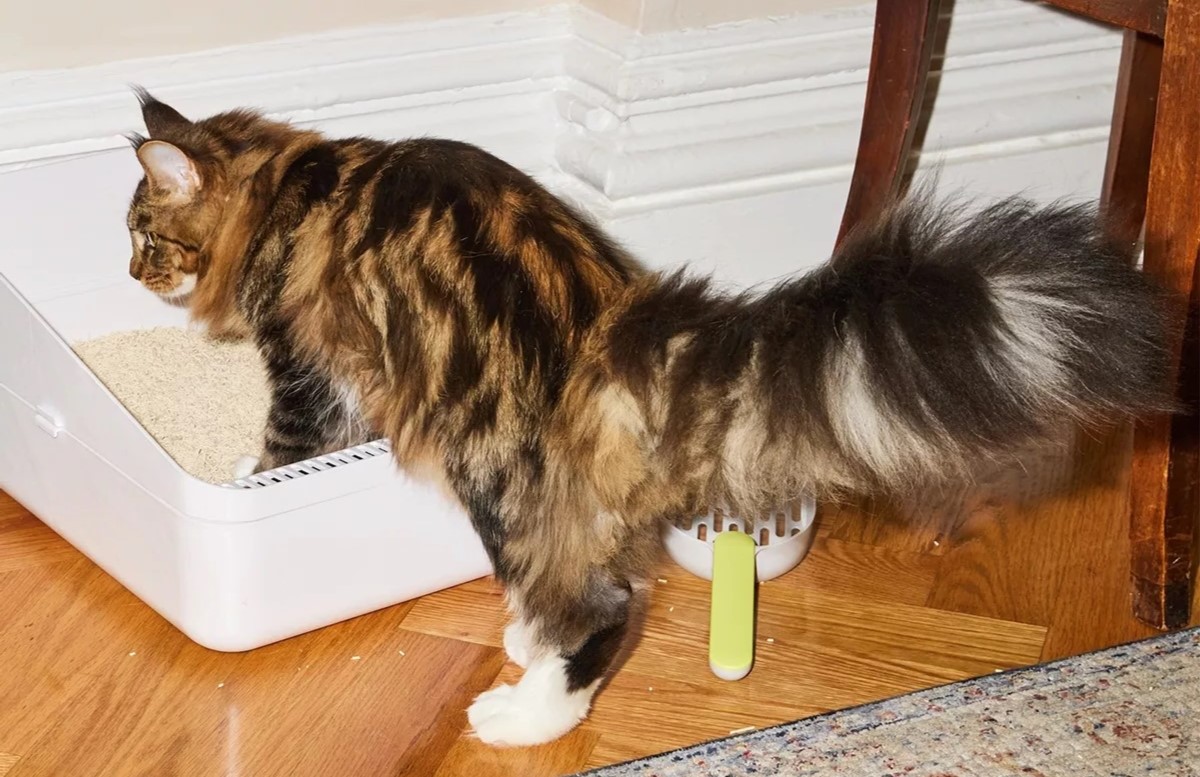
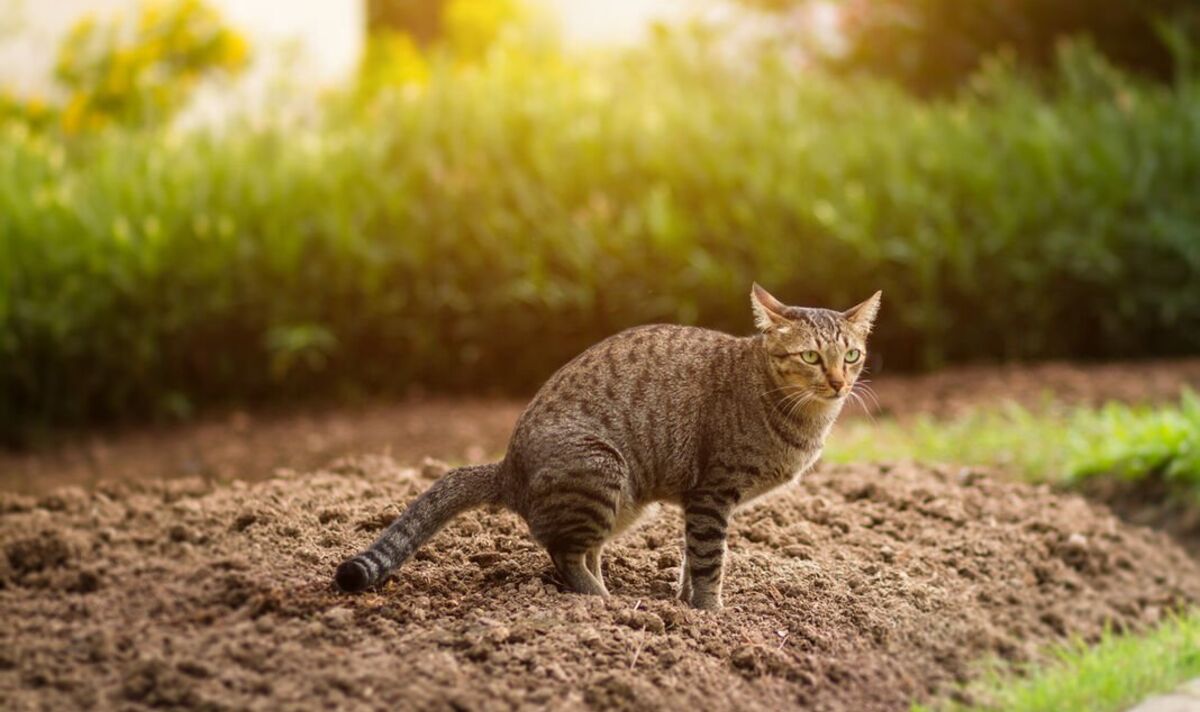
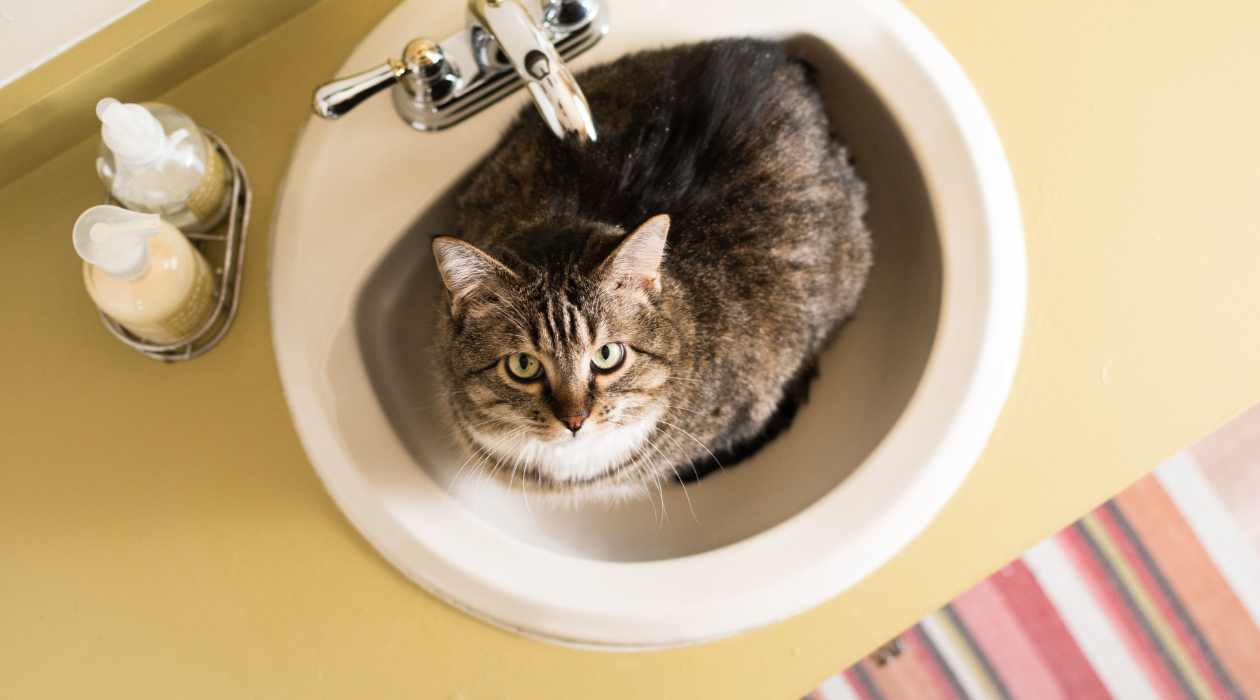
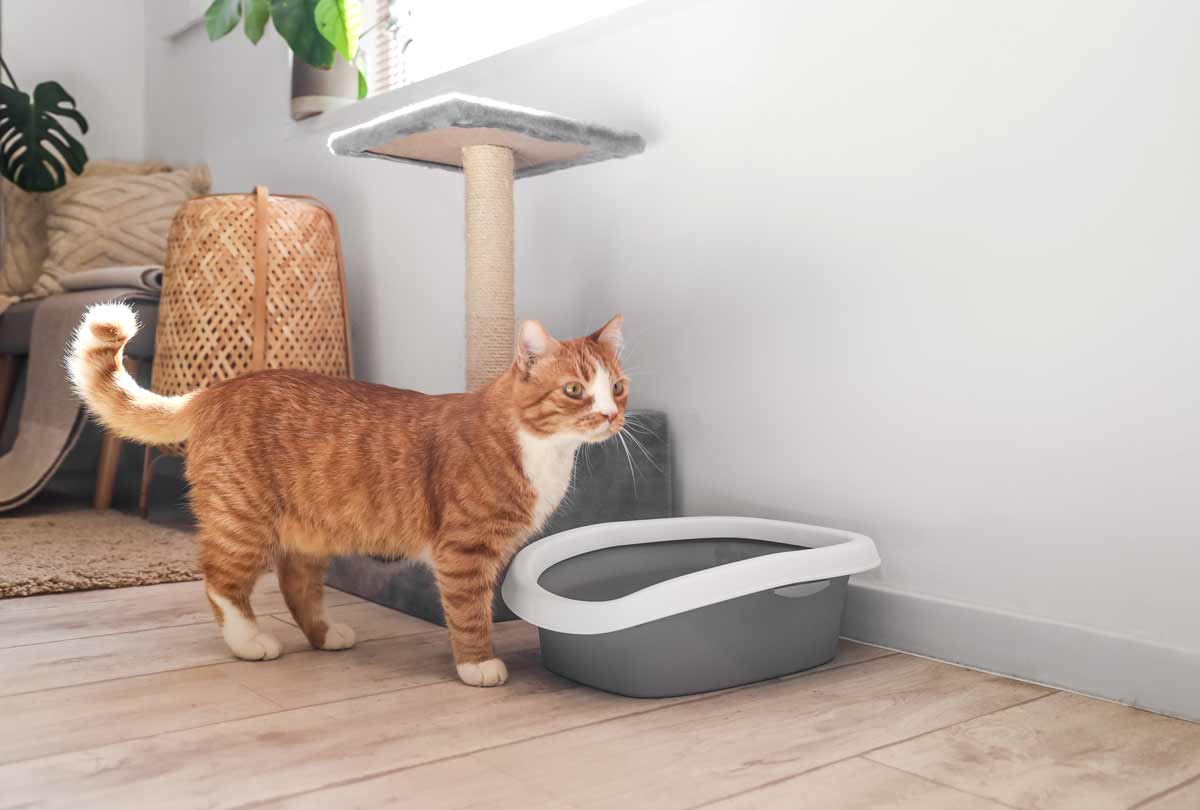
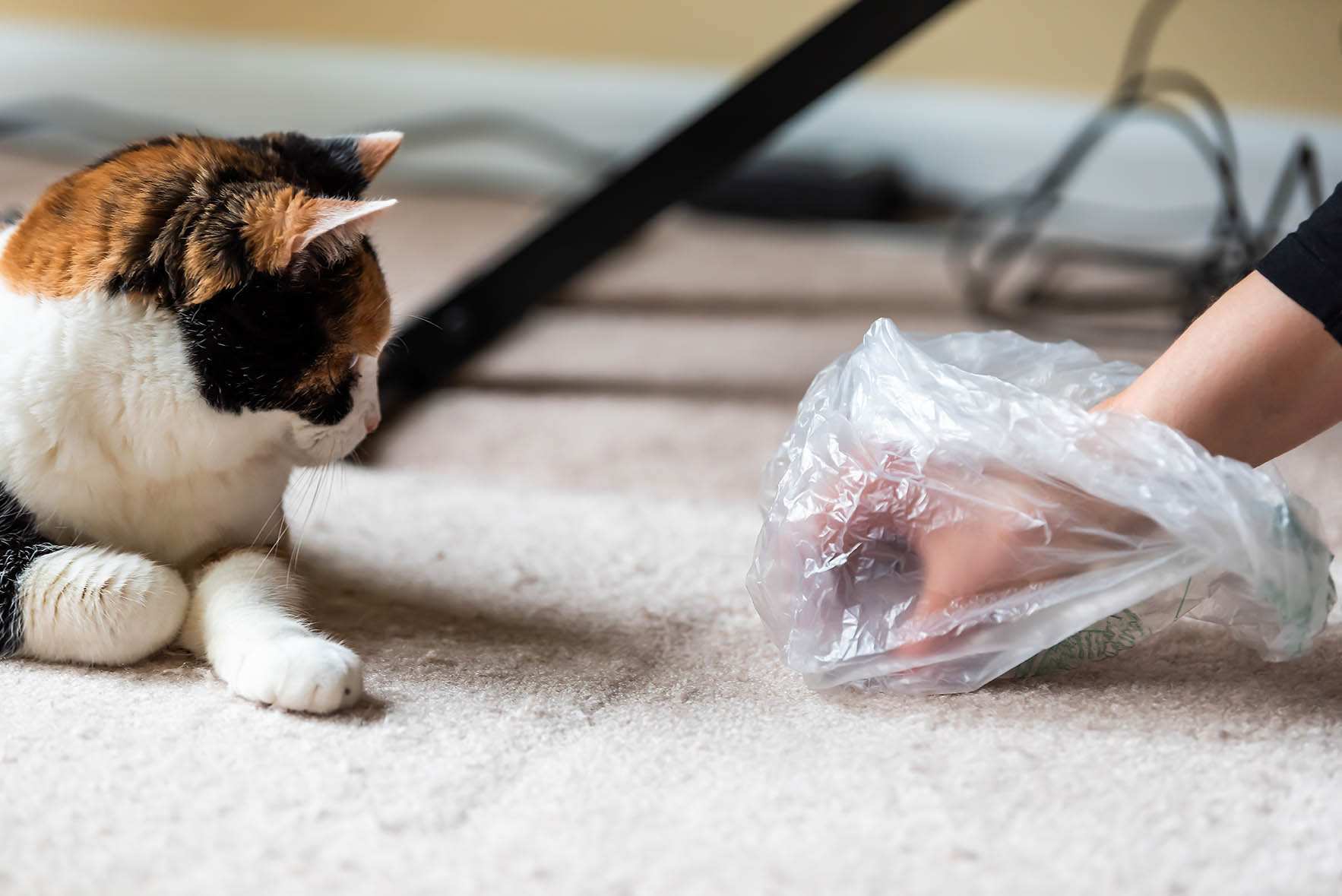
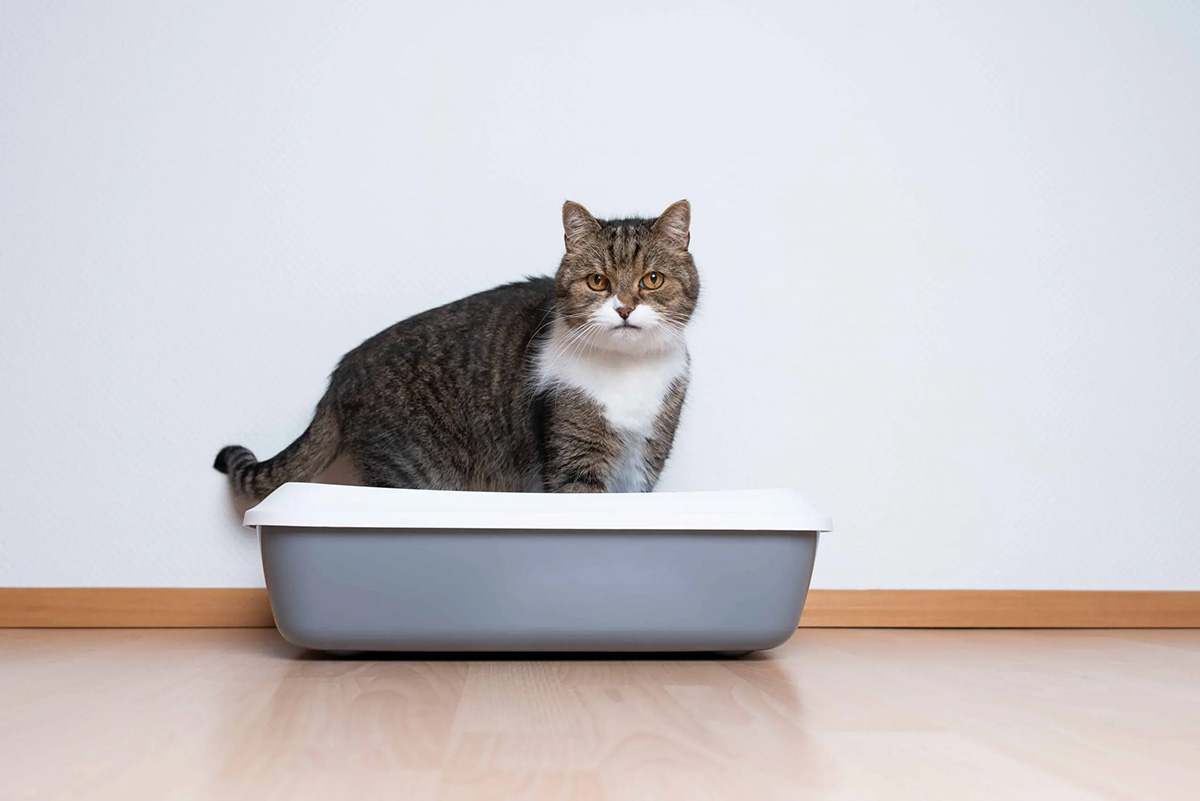
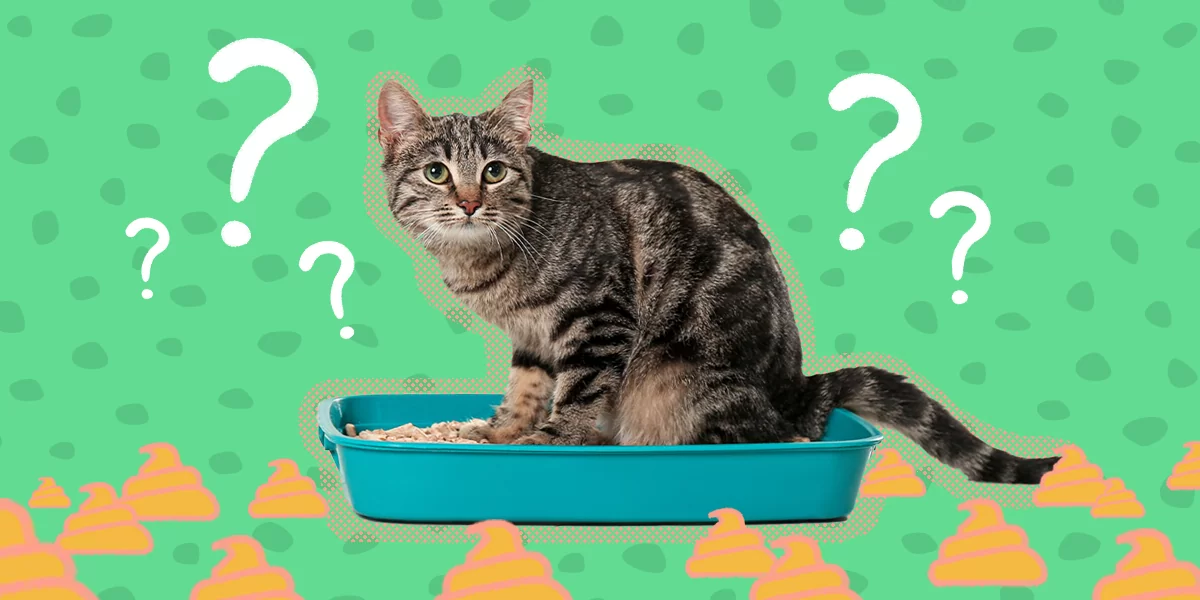
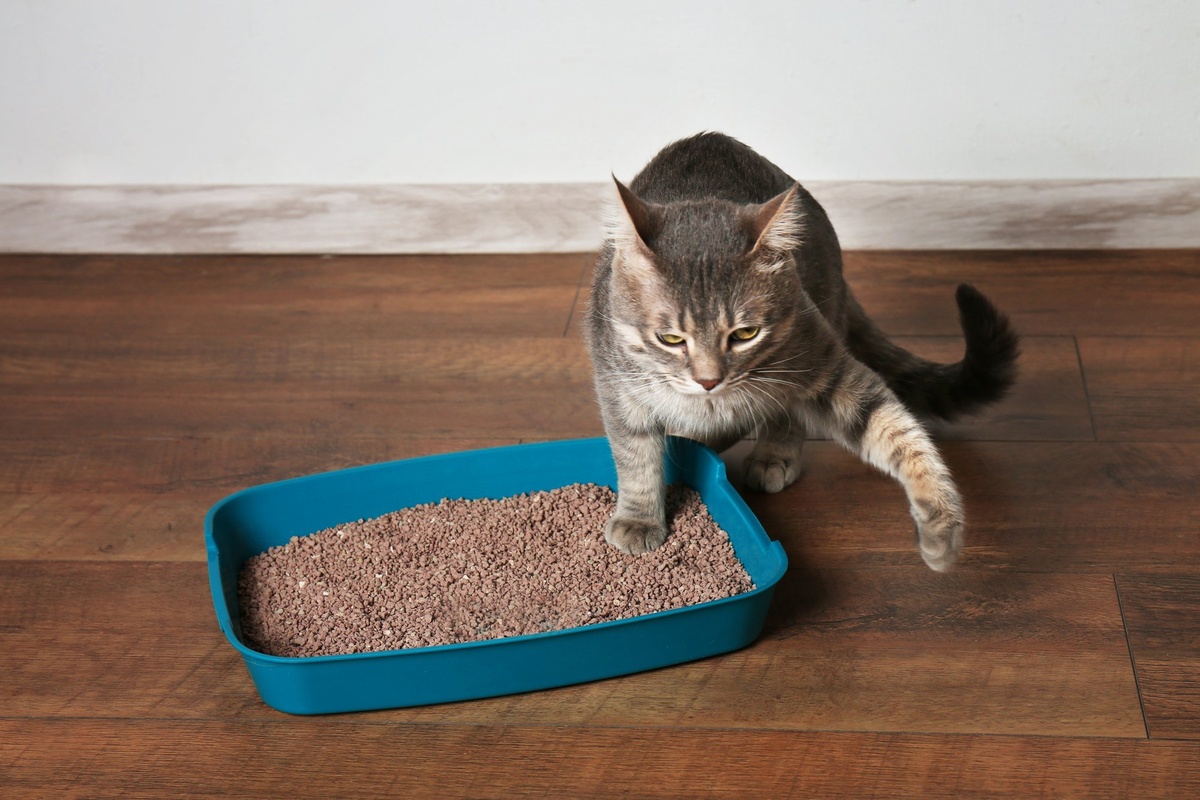
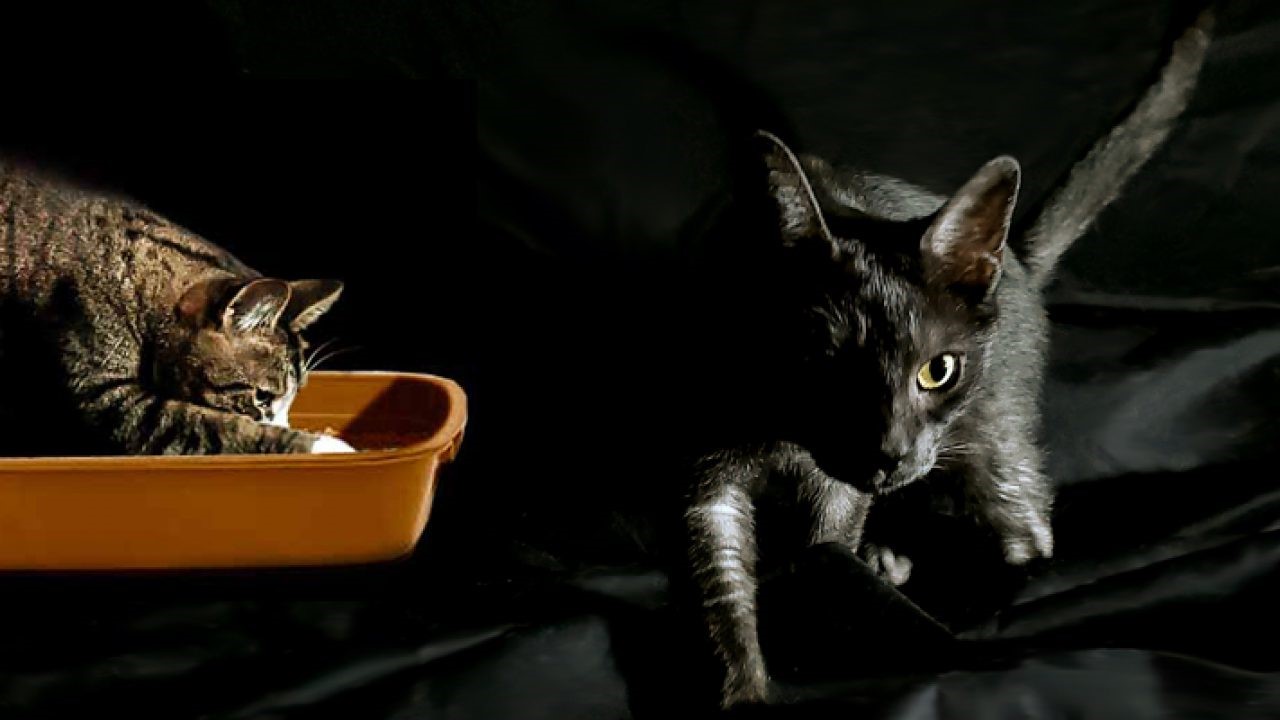

0 thoughts on “How To Stop My Cat From Pooping Outside The Litter Box”